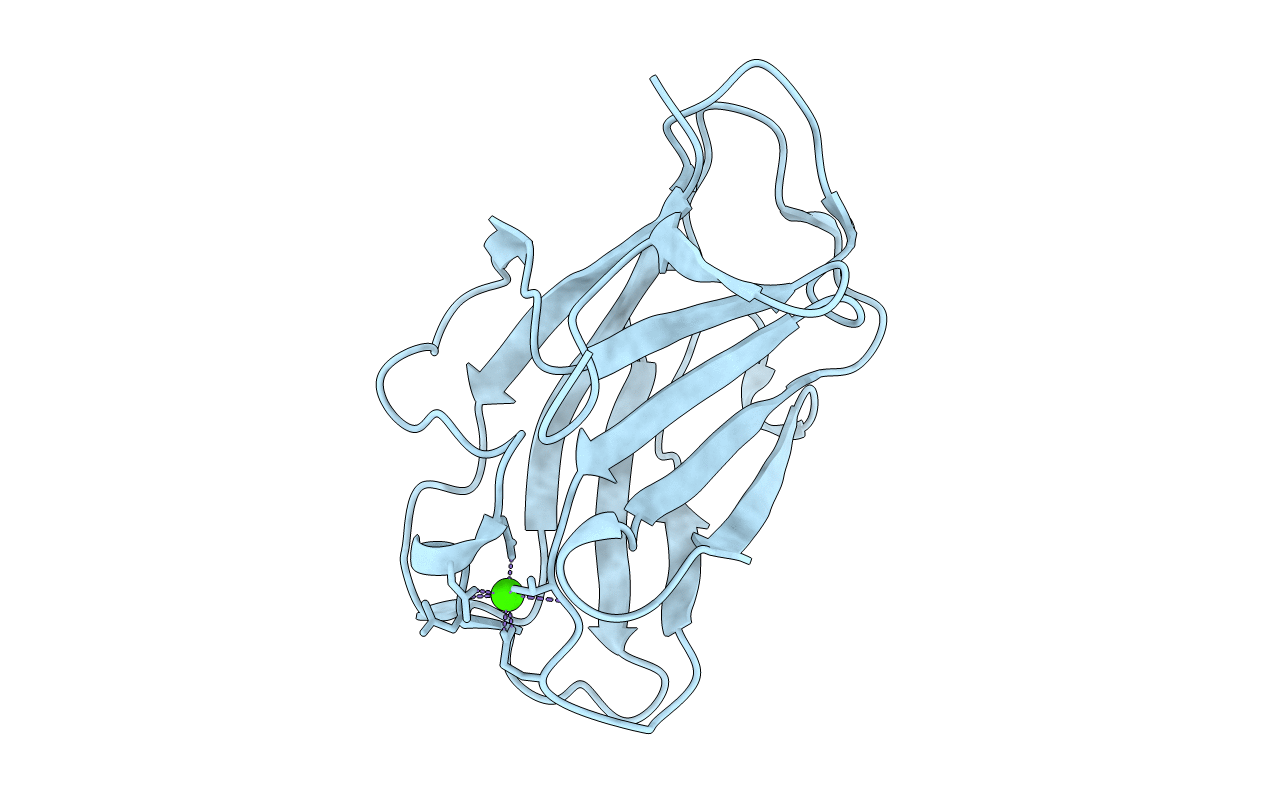
Deposition Date
2011-06-12
Release Date
2012-04-25
Last Version Date
2024-05-01
Entry Detail
PDB ID:
3ZQX
Keywords:
Title:
Carbohydrate-binding module CBM3b from the cellulosomal cellobiohydrolase 9A from Clostridium thermocellum
Biological Source:
Source Organism:
CLOSTRIDIUM THERMOCELLUM (Taxon ID: 1515)
Host Organism:
Method Details:
Experimental Method:
Resolution:
1.04 Å
R-Value Free:
0.17
R-Value Work:
0.16
R-Value Observed:
0.16
Space Group:
P 41 21 2


